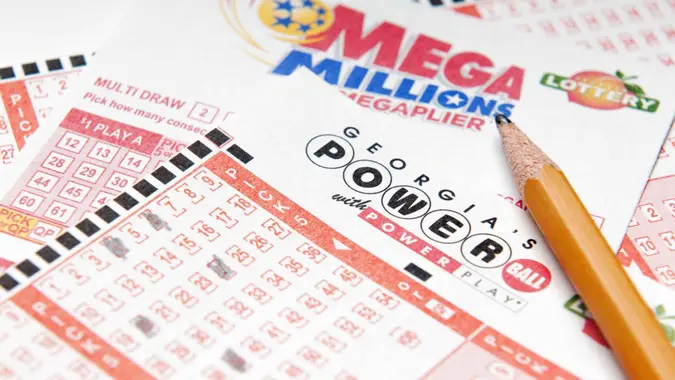4 Types of Restaurants That Will Become More Expensive Due To Trump’s Tariffs

Commitment to Our Readers
GOBankingRates' editorial team is committed to bringing you unbiased reviews and information. We use data-driven methodologies to evaluate financial products and services - our reviews and ratings are not influenced by advertisers. You can read more about our editorial guidelines and our products and services review methodology.

20 Years
Helping You Live Richer

Reviewed
by Experts

Trusted by
Millions of Readers
Whether you pronounce the delectable fruit (yes, it’s a fruit) as tomato or tomatto, Trump’s Mexican tariffs are forcing many dining establishments to either raise prices and risk losing customers, revamp menus or swallow the cost and bleed margin, said Sapana Grossi of Shah Grossi Law Firm, a business attorney specializing in the food and beverage industry.
“With a 15% to 20% jump in tomato costs, that’s going to force some brutal choices, and the one thing everyone is sweating right now is fresh tomatoes,” said Grossi.
However, not all restaurants will feel the impact. Grossi said her fast food clients are mostly safe for now, since ketchup and canned sauces mostly come from U.S.-grown processed tomatoes.
These are the restaurants that will feel the blow the hardest because they can’t just swap out fresh Roma or grape tomatoes for something else.
Neapolitan-Style Pizza Restaurants
These restaurants use fresh Roma or San Marzano-style tomatoes, both in sauces and as toppings, and many import them from Mexico. These restaurant names vary by city.
Fast-Casual Concept Restaurants
Fast-casual concept restaurants are a step above McDonald’s and Burger King. These franchises prioritize fresh ingredients found in customizable salad or bowl chains that use fresh cherry, grape, or Roma tomatoes in volume. Some of these franchises include Panera Bread, Chipotle Mexican Grill, and Baja Fresh, among others.
Chef-Driven Mediterranean and Italian Restaurants
These restaurants are often independent bistros and neighborhood establishments that focus on the chef experience. Chef-driven restaurants rely on fresh tomatoes for mezze, mains, and even brunch dishes like shakshuka, tomato confit, or fresh salads with heirloom or grape tomatoes, said Grossi.
Chef-driven Italian restaurants use tomatoes in antipasti, mains, and crudos. Think popular dishes like caprese and burrata starters (often use heirloom tomatoes) or mains like acqua pazza (often use cherry tomatoes), said Grossi.
California Hospitality Restaurants
Hospitality reigns in California cuisine. Many of these upscale and elevated hotels and dining establishments are located in Los Angeles, San Francisco.
These restaurants offer seasonal menus around market availability, so “fresh” is their mantra. Whatever way you slice or dice it, whether it’s a cooked Roma or the popular raw, uncooked cherry, heirloom and vine-ripened tomato used in fresh salads, “a spike in prices disrupts both cost and concept,” explained Grossi.
 Written by
Written by  Edited by
Edited by 

























